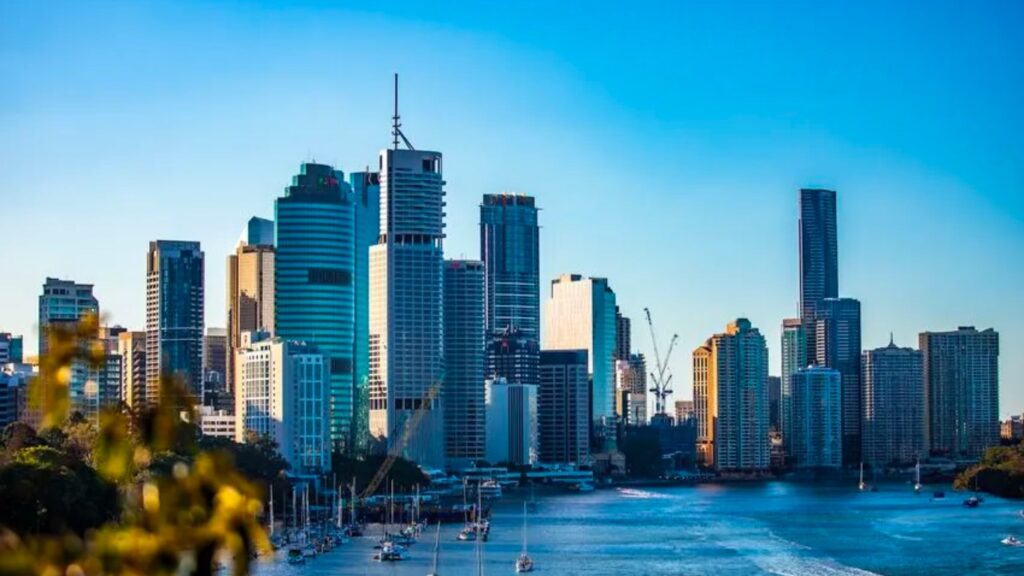The Australian office market has experienced fluctuations in vacancy rates over the past six months, with Sydney and Melbourne facing serious challenges due to historically high supply. According to the Property Council of Australia (PCA), national vacancies have risen marginally from 12.6% to 12.8% by the end of July. While some capital cities, like Brisbane, exhibited strong absorption rates, concerns are raised about the office markets in Sydney and Melbourne.
Demand and Vacancy Rates in Key Capital Cities:
Brisbane emerged as a leader in the office market, with tenant demand outpacing supply, resulting in a decline in vacancy rates from 12.9% to 11.6%. Positive demand for office space was also observed in Perth, Adelaide, and Canberra. Canberra, in particular, demonstrated a decrease in office vacancies from 8.9% to 8.2%. On the other hand, Sydney’s vacancy rate slightly increased from 11.3% to 11.5%, while Perth’s and Adelaide’s rates rose to 15.9% and 17%, respectively. The most significant increase was seen in Melbourne, where the vacancy rate surged from 14.1% to 15%.
Supply and Expected Growth:
The CBD office market nationally witnessed the addition of an extra 190,000 square meters in the six months to July, with an expected increase of 227,676 square meters in the second half of 2023. While demand for CBD office space remains relatively stable, it shifted to negative territory after a year and a half of positive demand, according to the PCA.
Factors Impacting Vacancy Rates:
The report highlights that the national office market’s vacancy rates were impacted by a surge in new office supply, especially in Sydney and Melbourne. In five out of the last seven half-yearly reports, national supply exceeded the historical average, with Sydney and Melbourne witnessing supply surpasses the average in three of those periods. Supply is expected to remain close to historical averages for the rest of 2023 in CBD markets nationwide but may exceed the average in the second half of 2024. Non-CBD markets could face even tougher times, with a higher-than-average supply forecast in the first half of 2024 before easing in the following year.
The Importance of Thriving CBDs:
Despite continued work-from-home arrangements, PCA Chief Executive Mike Zorbas stresses the significance of vibrant Central Business Districts (CBDs) for economic prosperity. Premium and A-grade office spaces remain in demand, reflecting the trend of businesses providing attractive and enjoyable workplaces for their employees. Face-to-face teamwork is still recognized as vital for effective business operations, fostering deeper team relationships and positive outcomes for organizations, the economy, and society at large.
The latest office market report sheds light on the dynamics impacting national vacancy rates, with Sydney and Melbourne experiencing challenges amid historically high supply. While some capital cities demonstrate strong demand and absorption, the need for thriving CBDs remains crucial for economic prosperity and the fostering of face-to-face teamwork. As the office market continues to evolve, businesses and governments must strike a balance between flexibility in ways of working and maintaining the vibrancy of CBDs to support a successful economy and society.
Are you a business owner or investor seeking valuable insights into the Australian office market? Stay informed and make informed decisions by subscribing to our newsletter for regular updates on the latest trends, market analysis, and expert commentary.
Subscribe now to our newsletter and gain a competitive edge in the dynamic office market landscape!
Stay ahead of the curve, make well-informed decisions, and maximize opportunities in the ever-evolving commercial real estate sector.

